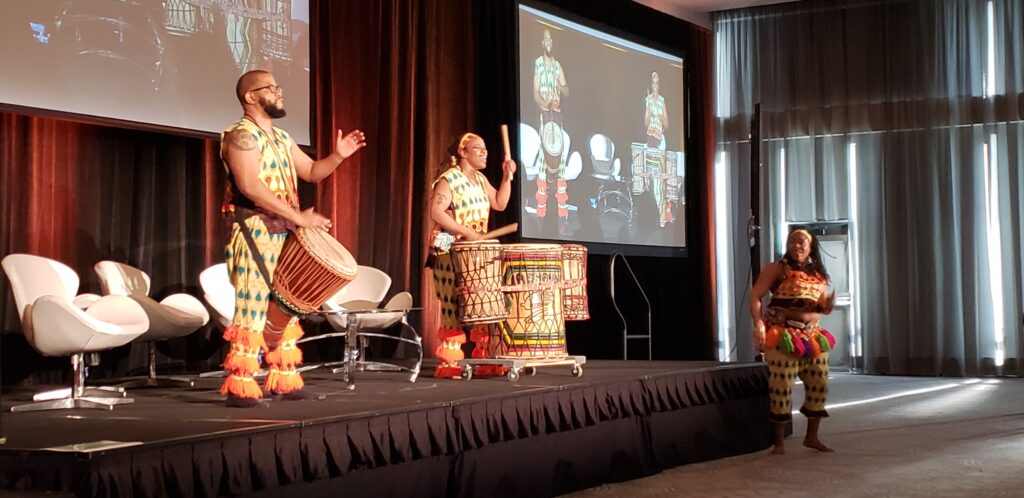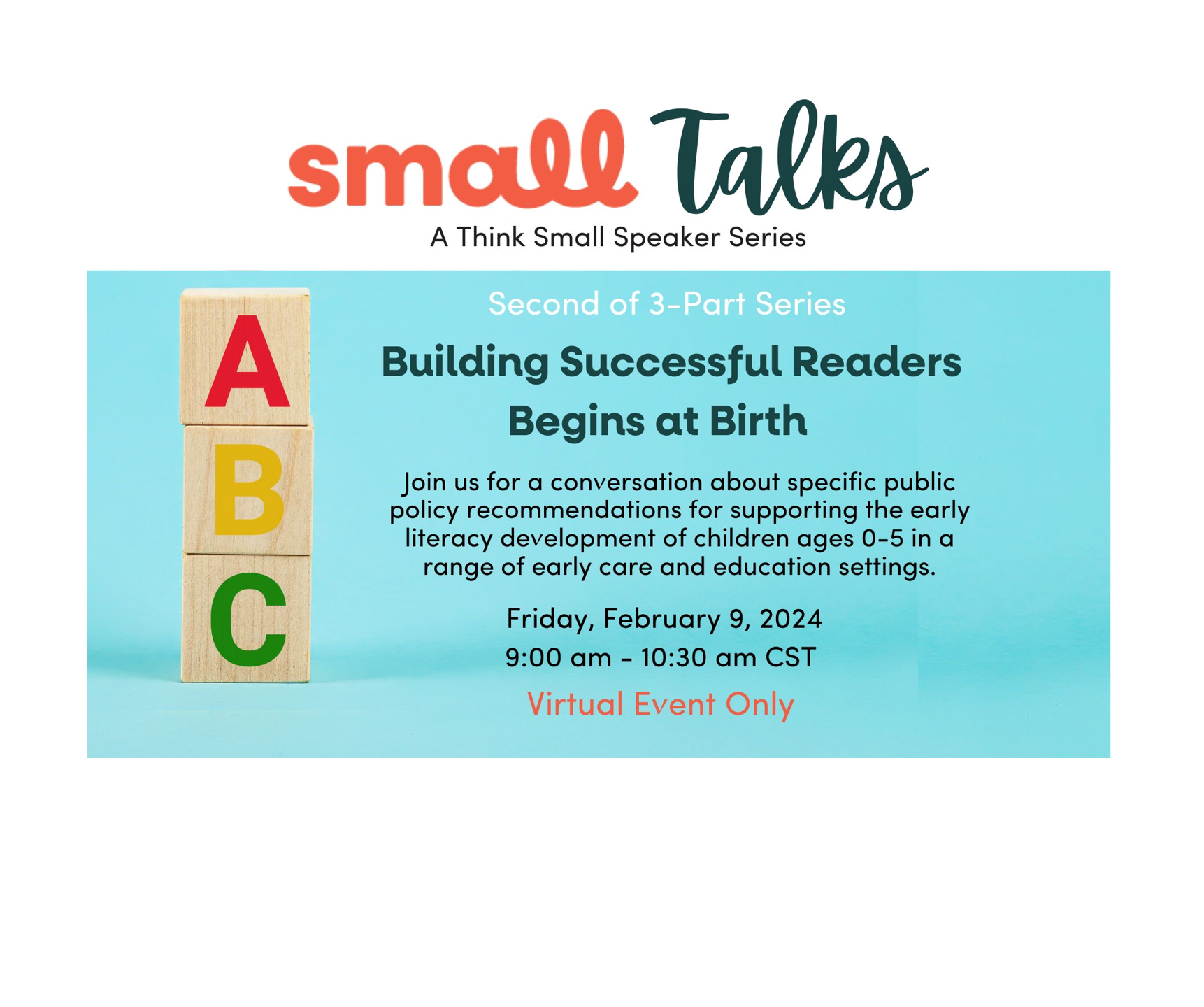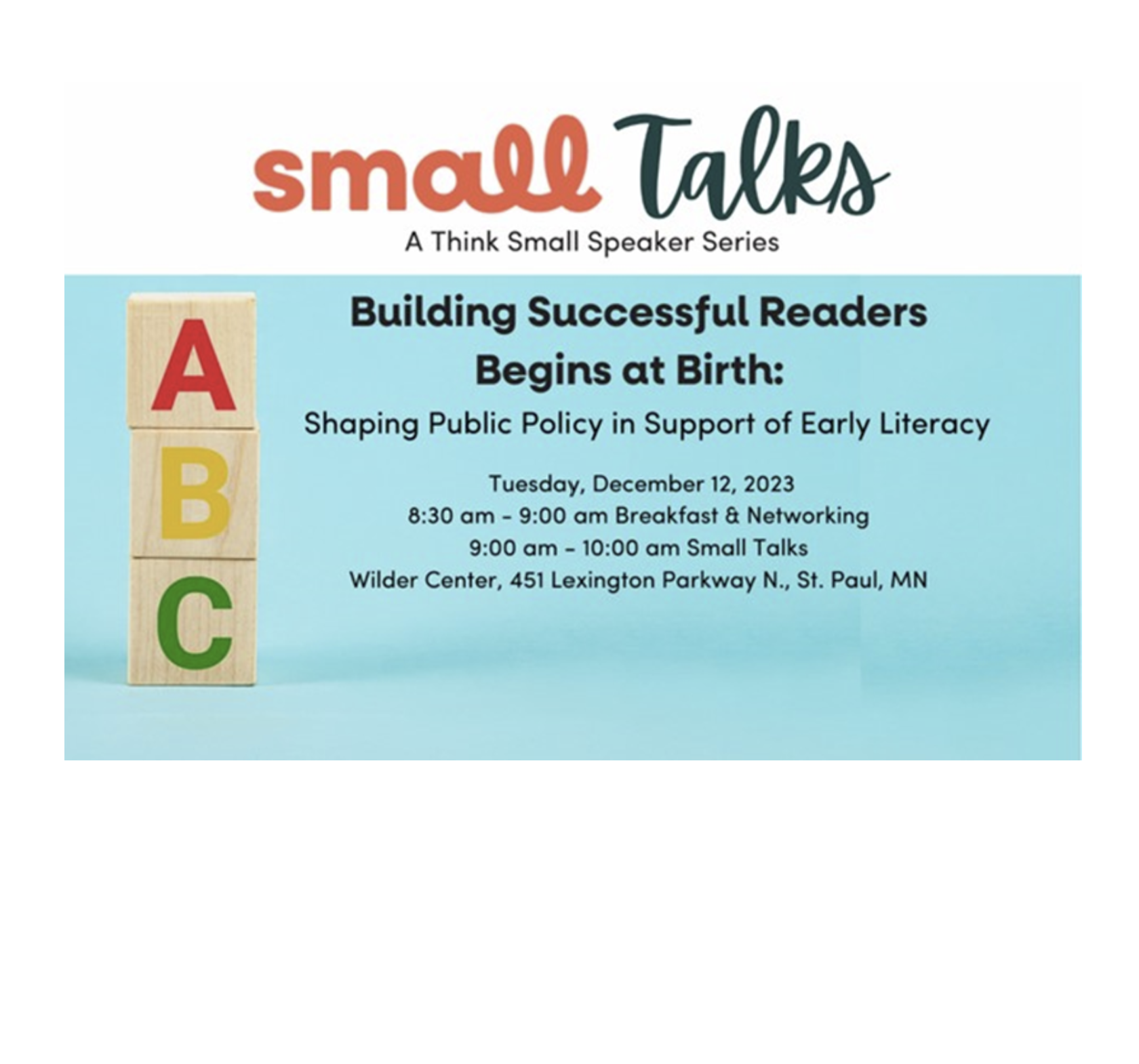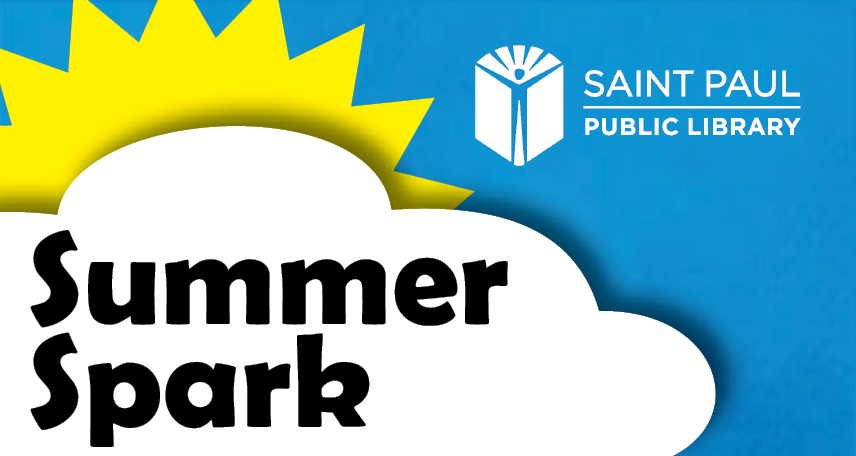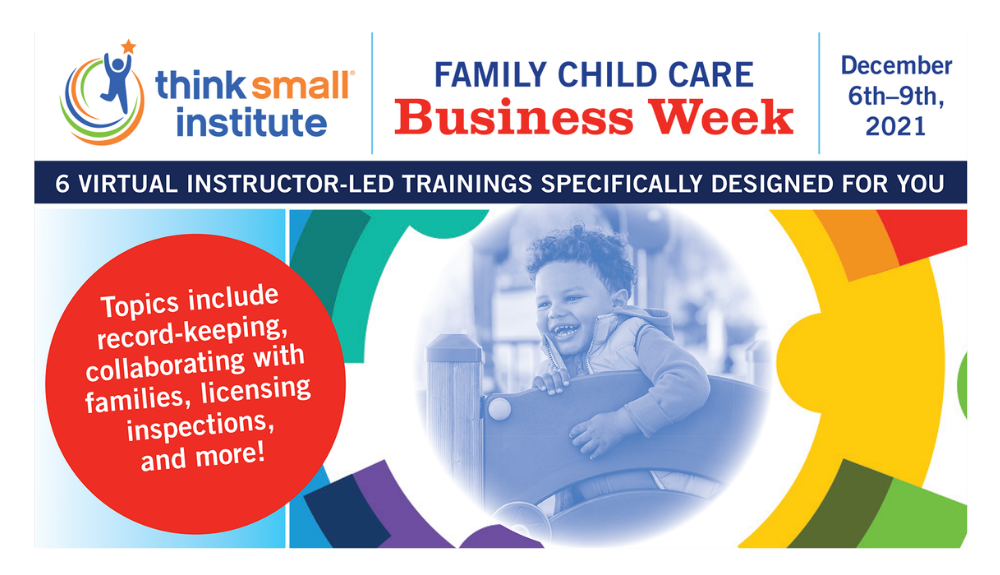By May Esperanza Losloso, Senior Organizer, Children’s Defense Fund-Minnesota
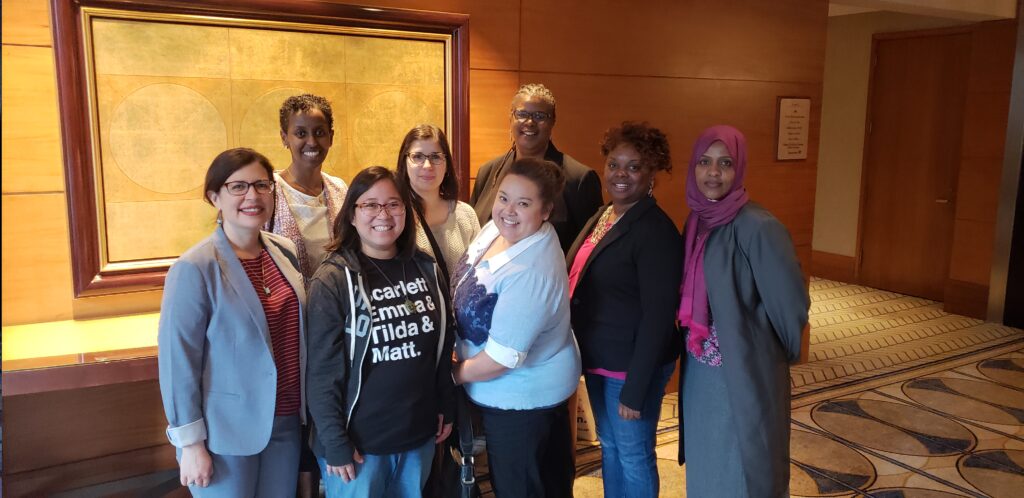
Voices and Choices for Children Steering Committee members: Front row (l-r) Ambar Hanson, May Esperanza Losloso, Cardina Esparza, Dr. Nikole Logan, Fartun Weli. Back row (l-r) Amira Adawe, Bharti Wahi, Dianne Haulcy
From April 11-13, 2018, eight members of the Voices and Choices for Children Steering Committee attended the PolicyLink 2018 Equity Summit in Chicago, IL. The theme of the Summit was “Our Power, Our Future, Our Nation”.
The Equity Summit was an opportunity for members to experience the seven elements of racial equity in action, which we discussed in our first blog post. Although the Equity Summit did not focus specifically on early childhood education, all seven policy components were present throughout the summit. These 7 elements of racially equitable public policy are to:
- Prioritize the needs of low-income children, children of color and American Indian children
- Ensure services and programs are provided in a holistic and high quality manner
- Address the full needs of a family
- Invest in families and communities over time
- Allow for flexibility, portability
- Build on family and community assets
- Hold cultural relevance and specificity as central to how services are provided
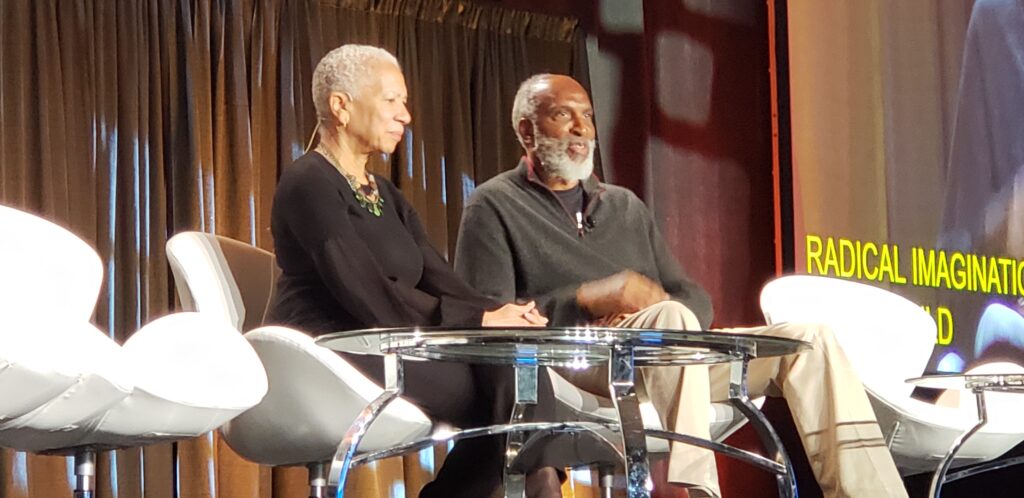
PolicyLink CEO, Angela Glover Blackwell and john a. powell, Director of the Haas Institute for a Fair and Inclusive Society and Professor of Law, African American, and Ethnic Studies at the University of California, Berkeley
Several summit attendees highlighted two elements in their reflections on the conference. Those two elements are:
- Build on family and community assets
- Hold cultural relevance and specificity at the center
Let’s take a closer look at how members experienced these elements and why that is important to our work.
Build on Family and Community Assets
“Usually, the conferences I attend, people of color are invited at the table as guest. POC [People of Color] are the subject and the talking points about equity are so familiar from last year’s conversation that it stresses me out.”
But at this conference, Voices and Choices Steering Committee members felt included, understood and supported.
“It was respite care time for me. The people I met all had the same values and views about POC –strength based. There were many discussions about what to do to overcome racism and its consequences. I found myself noting in my head – and agreeing with the speakers and the people I met. It felt like heaven, a place to recharge my energy and see all the positive possibilities of POC”. – Fartun Weli, Isuroon
“I was delighted to be with like-minded people and in spaces where the passions mirrored my own.” – Dr. Nikole Logan
This also appeared in the ways people could participate in the summit. When more people are able to participate fully, the result is a more inclusive, empowering environment. Cardina Esparza from the Wilder Foundation described it this way:
“Policy Link’s 2018 Equity Summit was one of the most accessible events that I have ever attended. I felt so proud to be welcomed by fierce speakers, music, and activists during the opening plenary. I left the Summit feeling better connected to my people and filled with new ideas to make spaces nurturing and healing for POCI [People of Color and Indigenous] children & youth.”
The passion and knowledge of presenters inspired us as attendees to continue our work to strengthen communities.
“One of my key takeaways was thinking about solidarity as a practice and how that looks in community. I was moved by the stories of the panelists on how they have seen solidarity in their lives. It is something I strive to weave into my work as an organizer and in how I build relationships. I see the potential in building community power through authentic relationships and understanding.” – May Esperanza Losloso
Viewing families, communities, and people of color as assets centers their potential and values them rather than discriminating or assuming based on stereotypes.
Hold Cultural Relevance and Specificity at the Center
In a country where many events are organized by and for majority/white culture, Voices and Choices members really connected to a space that centered people of color and their experiences. From the music to the structure of the summit, we felt included and energized. Because of these intentional features, we felt comfortable to participate, which is not always the case. Many times we are very aware of being the outsider, but this case was different:
“The Equity conference was like a breath of fresh air to me. I felt so energized and affirmed. Being at a conference that was primarily POC my body felt “rested” not on alert as it usually is. The messages that we heard were very affirming of the work and the struggle and there was no need for preamble as to the importance or even the definition and need for equity work. Even the design of the conference, the way the day flowed and allowed time for people to interact with each other, the infusion of music, spoken word and storytelling into the main conference plenaries speaks to the methods a variety of cultures transfer information – which is often not in a literal, linear fashion. It felt so easy to connect with the messages and even though there were approximately 4000 people at the conference I felt at home.” –Dianne Haulcy, Think Small
The conference was a great reminder that it is possible to create spaces and conditions where equity thrives, and many benefit from doing so.
Connection to Early Childhood
When it comes to providing support for children and families in Minnesota, approaching with equity in mind is essential. Families and communities are strong and have the answers to their needs. By supporting environments that center culturally relevant elements, families will feel supported and thrive.
Dianne found a connection in a quote she heard at the summit: “I am encouraged by many of the quotes, one of my favorite is “the people that are closest to the pain are closest to the solution”. Which I think is the epitome of our Community Solutions Fund design.”
The Community Solutions Fund contains many equity elements, and we’ll look at that more closely in a future post. The Equity Summit was a good reminder that policy solutions, as well as conferences, can center equity to the benefit of the entire community. This is what we strive to achieve.
You can learn more about the Equity Summit and view the plenaries mentioned above on the PolicyLink website: http://www.policylink.org/engage/equity-summit-2018

